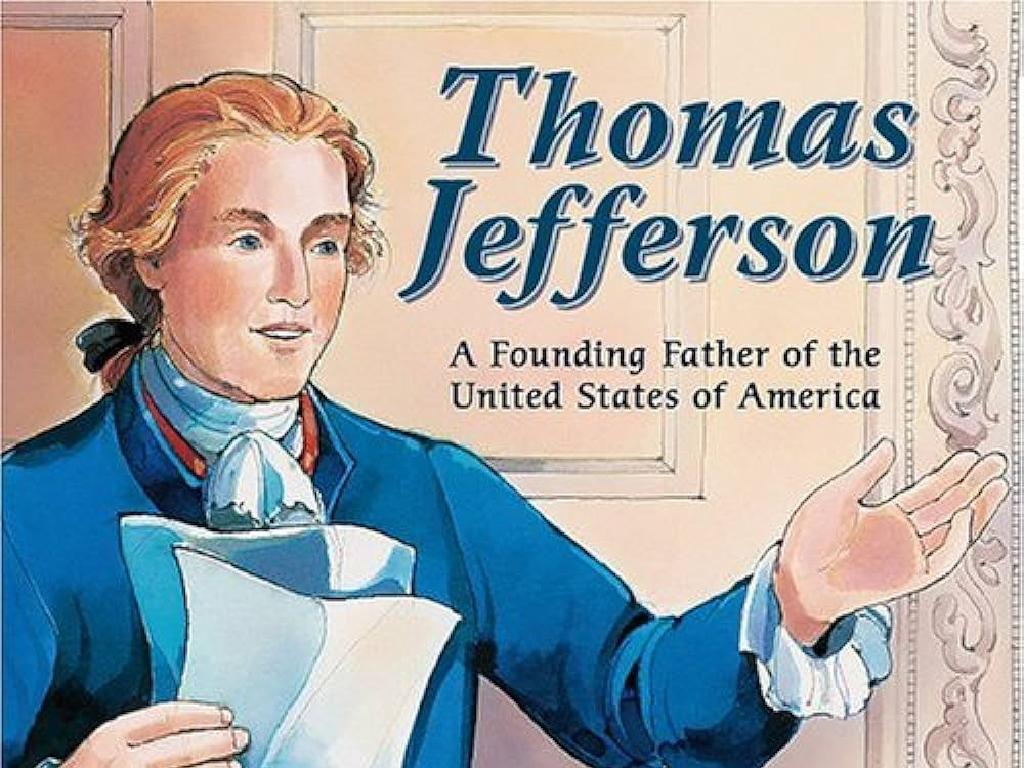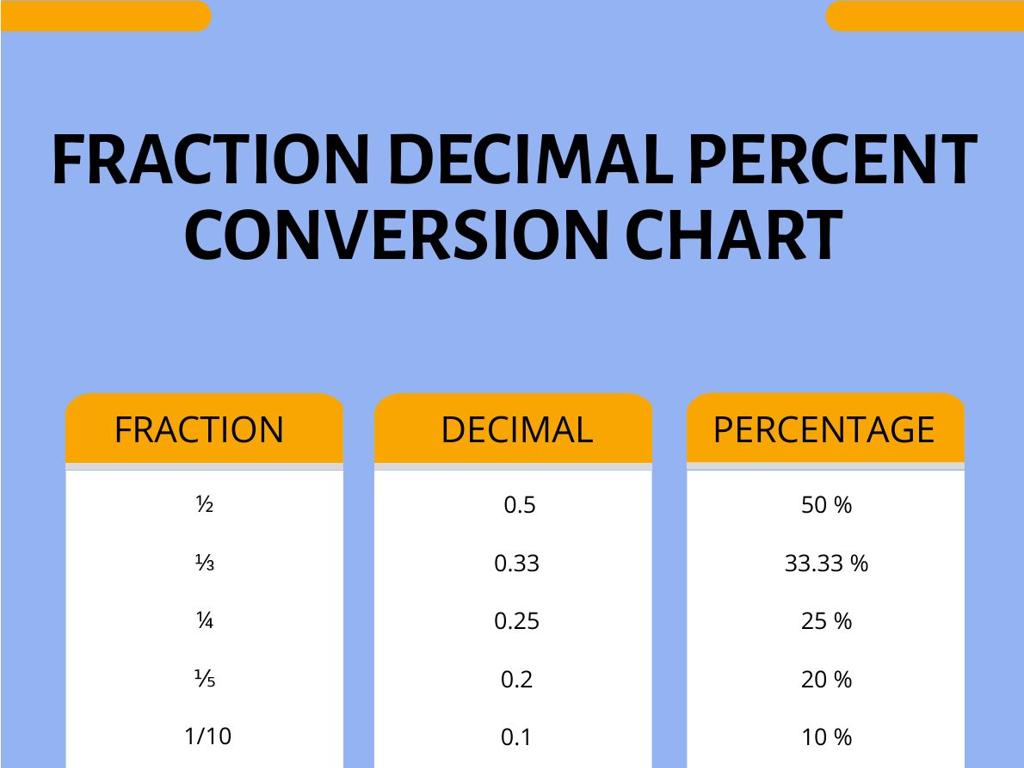Model And Write Addition Sentences For Word Problems - Sums Up To 10
Subject: Math
Grade: Kindergarten
Topic: Addition Word Problems Up To 10
Summary: This engaging Kindergarten math lesson teaches students how to model and write addition sentences using word problems with sums up to 10. Through interactive stories, games, and hands-on activities, children learn to combine groups, count objects, and translate real-life scenarios into addition sentences. Students use fingers, toys, and classroom items to visualize math, promoting understanding and confidence. The lesson builds foundational skills by connecting addition with fun, relatable experiences.
Please LOG IN to download the presentation. Access is available to registered users only.
View More Content
Welcome to Addition!
– Learning to add numbers
– Using stories for addition
– Stories with objects like apples or toys to learn sums
– Creating your own math stories
– Imagine you have 3 balloons and get 2 more, how many now?
– Adding up to 10
|
This slide introduces the concept of addition to Kindergarten students. Start by explaining that addition is simply putting numbers together to find out how many there are in total. Use everyday examples like adding apples in a basket or toys in a toybox to make the concept relatable. Encourage the children to visualize the process with fun stories, for instance, adding more guests to a tea party. By the end of the lesson, students should be able to create simple addition stories with sums up to 10, which will help them understand and remember the concept of addition. For the activity, have students draw their own addition stories and share them with the class. Possible activities include story-based addition worksheets, interactive whiteboard games, and hands-on addition with physical objects.
Learning Addition: Putting Together Numbers
– Understanding addition concept
– Addition means combining groups of things
– Addition gives total count
– When we add 2 and 3, we count them all to find out we have 5 in total
– Counting objects practice
– Let’s count items like blocks or crayons to practice
– Activity: Add with objects
– Use toys or drawings to create addition problems
|
This slide introduces the concept of addition to Kindergarten students by explaining it as a way of putting things together to find out the total number. Start by discussing the idea of combining groups of items, such as two sets of blocks. Demonstrate how to count all items to find the total. Engage the students in a hands-on activity where they practice counting objects and combining groups to see addition in action. Use familiar items like toys or classroom materials to make it relatable and fun. Encourage students to participate by asking them to bring their own items to count and add together. This will help solidify their understanding of addition as combining sets to find a total.
Our First Addition Story
– Start with 3 apples
– Add 2 oranges to your apples
– How many fruits do we have now?
– Use fingers or objects to count
– Let’s count all the fruits together!
– Counting together helps us learn addition
|
This slide introduces students to the concept of addition through a simple word problem involving fruits, which are familiar items for Kindergarten students. Start by showing them 3 apples and then adding 2 oranges. Ask the students to visualize the fruits as you add them together. Encourage the children to use their fingers or classroom objects to represent the fruits and count aloud together. This interactive approach helps students understand addition as combining two groups of items to find the total. The goal is to make them comfortable with counting and forming addition sentences from word problems. For the activity, you can have different sets of fruits or other objects for the students to practice with, or even draw the fruits on the board for a visual aid.
Writing Addition Sentences
– What is an addition sentence?
– Numbers, a plus sign (+), and an equal sign (=).
– Example: 3 apples + 2 oranges
– 3 apples + 2 oranges = 5 fruits.
– Equals sign means ‘is the same as’
– Let’s write on the board!
– Practice writing with chalk!
|
This slide introduces the concept of addition sentences to Kindergarten students. Start by explaining that an addition sentence is a way to show how two or more numbers come together to make a new number. Use tangible examples like apples and oranges to make it relatable. Show them the plus sign and equal sign, explaining that the equal sign means ‘is the same as’. Invite the students to come up to the board and write their own addition sentences, using simple numbers that add up to 10 or less. This interactive activity will help them understand the concept of addition in a fun and engaging way. Prepare to assist them in forming the numbers and signs correctly and praise their efforts to build confidence.
Let’s Make Our Own Stories!
– Create a story with your toys
– Count all your toys together
– How many toys are there before and after adding?
– Write the addition sentence
– Use numbers to show how many toys in total
– Share your story and math
|
This slide is designed as a class activity to help Kindergarten students practice creating and solving addition problems with sums up to 10. Encourage the children to pick a few of their favorite toys and create a simple story that involves adding more toys into the play. Guide them to count their toys before and after adding more, and then write down the addition sentence that represents their story (e.g., 3 teddy bears + 2 dolls = 5 toys). After they’ve written their addition sentence, ask them to share their story and the math behind it with the class. This activity will help them understand addition in a fun and interactive way. Provide assistance to students who may struggle with counting or writing their numbers, and praise their efforts to foster a positive learning environment.
Adding with Our Fingers
– Use fingers for adding numbers
– Example: 4 fingers and 1 finger
– If you hold up 4 fingers on one hand and 1 on the other, how many in total?
– Count fingers to find total
– Let’s count together: 1, 2, 3, 4… and one more makes 5!
– Adding up to 10 is fun
|
This slide is designed to introduce kindergarteners to the concept of addition using a very tangible method – their fingers. It’s a practical way to visualize addition problems and find the sum. Start by explaining that each finger represents one unit. Show them how to add by holding up fingers from each hand to represent the numbers in an addition problem. Encourage the students to participate by holding up their fingers and counting aloud together. This interactive activity not only makes learning addition fun but also reinforces their counting skills. Remember, the goal is to make them comfortable with sums up to 10, so keep the numbers small and manageable.
Fun with Addition Games
– Learn addition through play
– Roll the dice and move spaces
– Roll a dice and see the number on top
– Add numbers on each space
– Each space has a number; add it to your score
– Keep track of your total sum
– Use a tally chart or counters to add up to 10
|
This slide introduces a fun and interactive game to help Kindergarten students practice addition within 10. The game involves rolling a dice and moving a game piece the corresponding number of spaces. Each space on the game board will have a number, and students will add this number to their running total. The goal is to practice simple addition problems in a playful context. For the teacher: Prepare a game board with spaces numbered 1-6, dice, and counters or tally sheets for students to keep track of their totals. Encourage students to verbalize their thought process as they add the numbers together. This activity not only reinforces math skills but also promotes social interaction and turn-taking.
Class Activity: Addition Bingo
– Let’s play Addition Bingo!
– Listen for addition sentences
– When you hear ‘2+3’, look for ‘5’
– Find the sum on your bingo card
– Five in a row wins the game!
|
This interactive activity is designed to help Kindergarten students practice addition in a fun and engaging way. Each student will receive a bingo card with numbers up to 10. The teacher will call out simple addition problems within the sums up to 10, and students will have to quickly calculate the answers and find them on their cards. The goal is to reinforce mental addition skills and listening comprehension. Possible variations of the activity could include using objects to represent the numbers in the addition sentences, having students come up to the board to solve a problem, or pairing students up to encourage teamwork. Remember to praise the students for their efforts and ensure that the game is played in a supportive atmosphere.
Review and Goodbye: Addition Adventures
– Celebrate learning addition!
– Addition means together and count
– Combining groups and finding the sum
– Practice with family stories
– Use toys or snacks to make stories
– Keep adding up to 10 at home
|
Well done to all the students for their hard work in learning the basics of addition! Reinforce the concept that addition is about combining two or more groups and then counting to find the total number. Encourage them to practice by creating their own addition stories with objects around the house, like toys or snacks, and involve family members to make it a fun activity. Remind them to focus on sums up to 10 to build a strong foundation for future math skills. Keep the learning going at home and look forward to seeing their progress!





